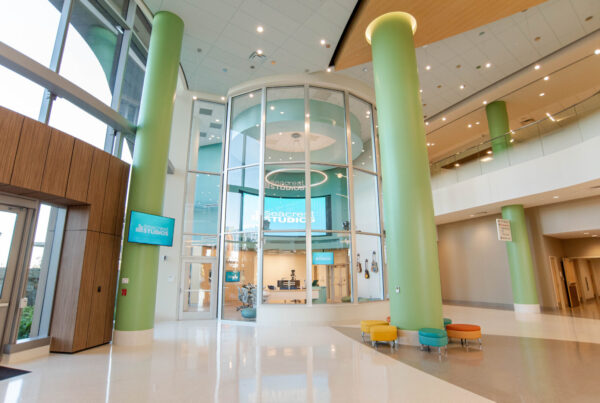With over a year of pandemic experience behind us all, we’ve all seen the importance of being able to adapt to pretty much “remote” anything. We’ve shown companies can win with remote workers, groceries can be delivered, and even that the power of an app can can bring your office lunch right to your doorstep at home. But, nowhere has “remote” been more important than in higher education. Without the proper setup it can be both difficult for students to learn and engage with other remote learners and a challenge for staff and faculty to properly distribute the information needed to their classes. There are enough challenges in the remote learning setting, AV shouldn’t be one of them.
The video capabilities have to be crisp and feed must be stable. Audio turned out to be one of the most important aspects of remote learning for colleges, when many found out their lecture halls weren’t really conducive to a professor speaking to a fully remote audience.
It. was also vital for the remote learner to have an AV solution that provided an uninterrupted experience from a feed and audio-visual perspective. We saw a few colleges go as far as putting together remote learning kits, with a lighting upgrade, microphone, and display..

In fact, a recent study was completed by the Consortium for School Networking (CoSN) and it found the following:
- Learning with video is essential, so systems must have sufficient bandwidth and upload and download speeds. More than 85% of network traffic in remote learning is used for video, the study found, and the popularity of video-based instruction is expected to increase for the foreseeable future.
- Students rely on access to wi-fi. Many students take part in online learning away from their own homes, and 92% use wi-fi to do so. Students often use district-provided devices and their own personal devices at the same time, which puts a greater strain on wi-fi capacity.
- Certain areas, especially rural communities, require more resources. “Students in remote or rural areas most often have limited internet access, and students working in areas with a large concentration of other students also experience poor connectivity,” the study says.
- The quality of remote learning is significantly affected by the quality of the devices being used. “Students that use older and less powerful equipment had an inferior experience than students with newer devices,” the study says. “Students that used newer devices with limited specifications (e.g., memory and processor) also had more challenges than students that used devices with better specifications.”
The study also saw higher education facilities reply with the following in response:
- Provide network extenders to students with poor signals.
- Work with internet service providers to replace outdated routers.
- Sent remote AV kits to upgrade at home systems
- Educated students and their families on ways to upgrade computer technology affordably.
If you’d like to discuss more how Bluewater can help your students, or how we may be able to upgrade spaces within your university for better remote learning experiences please contact us for a free estimate and recommendation.











